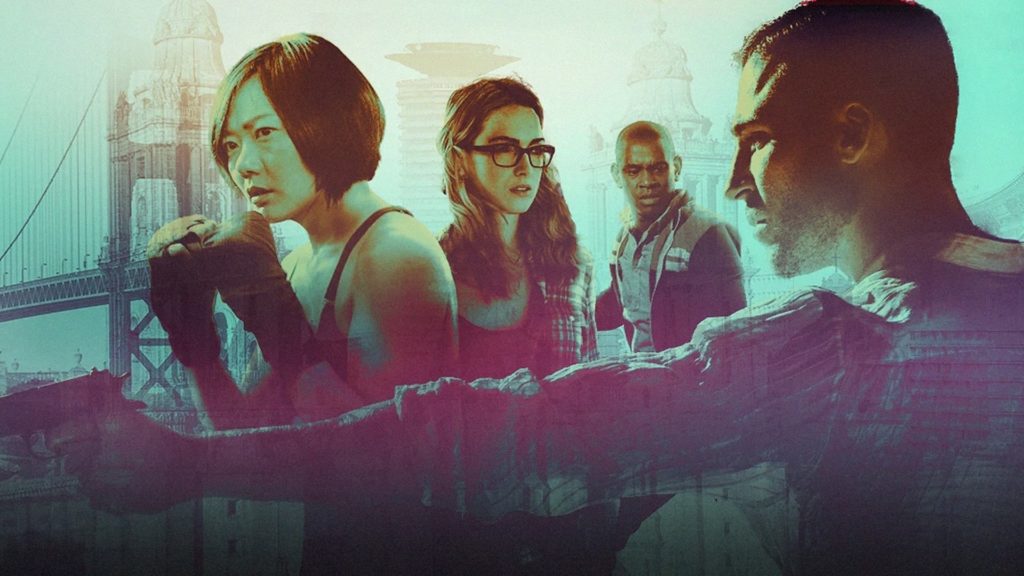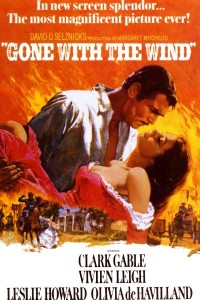 Last summer, I got psyched up about Netflix’s new series, Sense8. I had no idea what it was about—I hadn’t even seen a trailer—but it had J. Michael Straczynki and the Wachowskis at the helm, and that was enough for me to give it a shot. I stayed up until 2:00 a.m., waiting for the show to appear in my Netflix queue. I was strangely drawn to the fact that the cast was mostly composed of people I hadn’t heard of before. After all, when I see Matt Damon onscreen playing a character, I have trouble seeing the character; I see Matt Damon onscreen playing a character. Know what I mean?
Last summer, I got psyched up about Netflix’s new series, Sense8. I had no idea what it was about—I hadn’t even seen a trailer—but it had J. Michael Straczynki and the Wachowskis at the helm, and that was enough for me to give it a shot. I stayed up until 2:00 a.m., waiting for the show to appear in my Netflix queue. I was strangely drawn to the fact that the cast was mostly composed of people I hadn’t heard of before. After all, when I see Matt Damon onscreen playing a character, I have trouble seeing the character; I see Matt Damon onscreen playing a character. Know what I mean?
Anyway, I watched it all very quickly. Finished it in two and a half days. And then I read the reviews, and to my surprise realized that as a profound admirer of the show I seemed to be in a minority, at least as far as critics were concerned. And usually I’m on the same page as the critical consensus.
Sense8 is so many things to me. It’s beautiful beyond description, mostly. It’s atmospheric. It’s sensual. It’s sexy (I’m looking at you, Episode 6). It’s worldly, global. It’s cosmopolitan. It’s mysterious and coy. It’s haunting. It’s diverse. It’s profoundly moving.
It’s slow.
Glacially
s
l
o
w
.
.
.
Which is awesome! I mean, one of my favourite movies of all time is Meet Joe Black, so obviously I’m not averse to taking my sweet time getting to the point (and even then, perhaps being a bit vague about the point). Sometimes I don’t want something explained; I just want to dig in and experience every aspect and nuance of it.
As the years go by, I value plot less and less. When I read books, I skim right over the battles, the big action scenes. In movies, I drift off to sleep when everyone else’s pulse starts to pound. The setup, and the aftermath—that’s my jam. The long travelogue of meandering from Point A to Point B? The average person may throw their popcorn across the room and stalk out of the theater in frustration; I eat that shit up.
These weren’t always my preferences. So yeah, I admit that this is a surprising trend in my life.
At the heart of Sense8, you have a really powerful and beautiful idea—eight people, waking up slowly, suffering from confusion and long-dawning realization, discovering that they’re connected, that they’re sharing each other’s memories and emotions and experiences. They are strangers and they are intensely familiar.
This series, or at least the first season, is dedicated to exploring the underlying confusion of these eight characters as their very separate and independent lives begin to merge in surprising ways. They come from every corner of the globe, have different passions, different sexualities and gender identities (did I mention this show is diverse?), and they all bring unique skills to the table. And they don’t know what the hell is going on. They’re very slow—realistically slow—to put the pieces together.
And damn if that isn’t a beautiful thing to behold.
It’s a massively complex idea, on a character level. And there are eight main characters to be explored, and just as many interesting side characters. The best novelist would have trouble executing this, never mind a TV series. And if Sense8 wasn’t on Netflix, which is about a hundred times more patient than its broadcast cousins, it wouldn’t exist at all past the pilot.
As you make your way through the show, you realize that the show is not particularly interesting in explaining things. Well, it does explain things occasionally, but it’s never in a hurry to do so. The show knows that as long as it’s turning the spotlight on the characters and their relationships and interactions, and their inner struggles and emotions, it’s on solid ground.
But if you need plot bleeding from your every pore, Sense8 may not be for you. It’s character first. Character, character, character, and more character. So much character that you almost can’t stand it.
In a world of brainless action flicks, it’s pretty refreshing.
P.S. I also adore The Leftovers. Which is, now that I think of, Sense8’s spiritual sibling. It evokes very similar reactions in me, critics, and the overall TV-viewing audience.
 Evan Braun is an author and editor who has been writing books for more than ten years. He is the author of The Watchers Chronicle, a completed trilogy. In addition to writing science fiction, he is the managing editor of The Niverville Citizen. He lives in Niverville, Manitoba.
Evan Braun is an author and editor who has been writing books for more than ten years. He is the author of The Watchers Chronicle, a completed trilogy. In addition to writing science fiction, he is the managing editor of The Niverville Citizen. He lives in Niverville, Manitoba.

